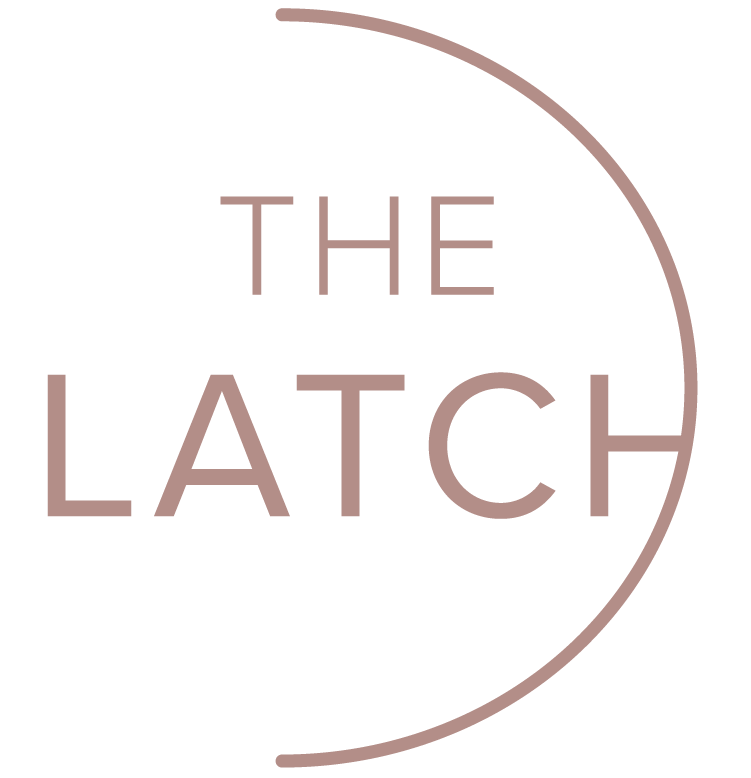‘The latch’
The latch, or attachment, of a nursing baby to the breast is fundamental to the establishment of comfortable, effective breastfeeding. Alongside a basic understanding of how lactation works, a perfect latch is essential to get breastfeeding off to a good start. Many new mothers are assured by hospital staff that their latch ‘looks good,’ yet within days of breastfeeding at home, they may experience escalating pain and/or an unsettled baby. A latch which simply ‘looks good’ may not always be good enough to feed optimally.
Prompt guidance and support to correct the latch (usually through skilled re-positioning of the baby, and coaching of the mother to achieve this herself) will immediately relieve the pain, improve the feeding technique and help to establish an effective cycle of milk production.
A ‘good’ latch
A successful latch will enable the baby to draw the mother’s nipple to the back of the mouth where there is no friction, and no pain. This facilitates effective and comfortable emptying of milk from the mother’s breast which in turn instigates the production of more milk.
A ‘poor’ latch
If the latch is imperfect, lactation will be inefficient (indicated by an unsettled baby) and may be ‘pinchy’ or painful, too; mothers will generally have a feeling that something is ‘not quite right,’ and contrary to advice that ‘it always hurts at first,’ pain is a sign that the latch is imperfect. No mother who has suffered the agony of damaged nipples will agree that such a level of pain is ‘normal.’ The longer imperfect feeding continues, the more damage is done, and the longer it will take to resolve the issue. Early skilled intervention can resolve the issue promptly and permanently.
